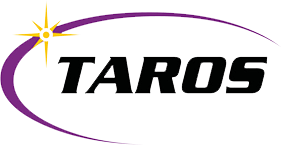Collaborative Approaches to Lead Generation
Karawajczyk A, Showell G, Giordanetto F
Methods and Principles in Medicinal Chemistry: Lead Structure Discovery, (ed J. Holenz), Wiley-VCH Verlag GmbH & Co. KGaA, Weinheim, FRG (2014)
Abstract:
Various phases of pharmaceutical research and development have seen examples of collaborative initiatives: codevelopment, marketing and acquisition. Lead generation is a key component of successful drug discovery. It is also the phase where the risks associated with drug discovery research are highest. A number of collaborative approaches to lead generation have emerged in recent years. The goal of Open Innovation Drug Discovery (OIDD) is to identify novel molecules that are active in relevant disease biology models that can serve as the foundation for collaborative work between Lilly and external investigators. In 2003, the National Institutes of Health (NIH) funded the Molecular Library Program (MLP) with the intent to generate early‐stage compounds that could be used by researchers for target validation and could subsequently be developed toward drug discovery. The Drugs for Neglected Diseases initiative (DNDi) is a collaborative, nonprofit R&D organization aiming to deliver new treatments for neglected diseases.
Want to know more about this publication? Contact our scientists
Drug Discovery
Taros’ international and multidisciplinary team has more than 180 years of pharmaceutical R&D experience. Collectively as a team, we worked on more than 120 biomolecular…

custom chemical services
Custom Synthesis
We support our customers by providing first kg quantities of fine and specialty chemicals, cost reduction of existing syntheses, streamlining chemical processes considering…

